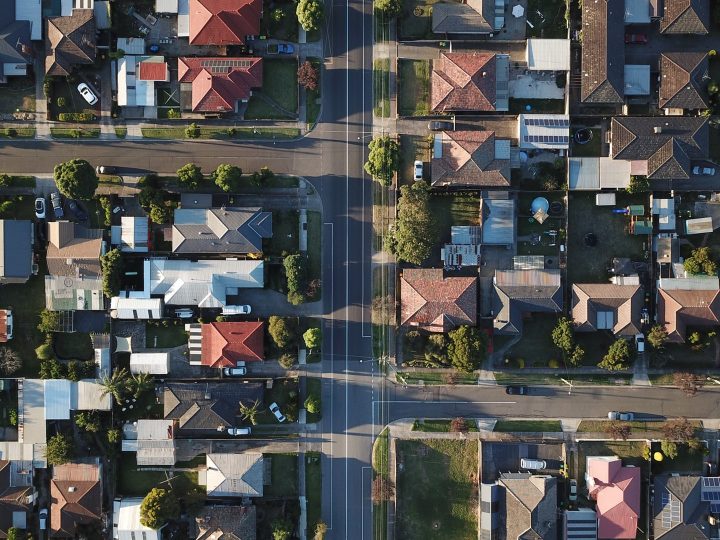Mortgage Refinancing
Mortgage interest rates have been dropping lately—as well as home prices. Real estate deals are waiting to be claimed. However, it may be a good idea to consider a mortgage refinance if you already own a home or have recently purchased your dream home. Some homeowners have already taken advantage of refinancing because according to the Mortgage Bankers Association, refinance applications have almost doubled compared to last year. However, many homeowners are unaware that mortgage rates have declined so dramatically that they could actually save money by refinancing.
So, what is a mortgage refinance? We all can’t purchase a home with cash in its entirety upfront. So, when you buy a home, you get a mortgage to pay for it. A mortgage refinance replaces your current home loan with a new one. Just like when you first qualified for your home loan, mortgage refinancing requires you to apply, qualify for the loan, and meet the lender’s requirements. Homeowners take advantage of this in hopes of reducing the interest rate, reducing monthly payments, or to tap into a home’s equity. Therefore, before you begin the refinance process, consider your overall goal, and why you want to refinance your current loan.
The first key reason is to reduce your monthly payment. Refinancing may allow you to obtain a loan with a lower interest rate or reduce the monthly payment by extending the loan term. The second is if you are looking to pay off the loan faster. You can refinance from a 30-year mortgage into a 15 year which allows you to pay off the loan in half the time. However, your monthly payments usually go up.
The third is to tap into home equity by refinancing more than you currently owe on your home. If approved, the lender will give you a check for the difference. Lastly, the fourth reason is to switch from an adjustable to a fixed-rate loan. With an adjustable loan, the interest rates can go up over time. However, refinancing into a fixed-rate loan may provide you with more financial stability by having the same payment and interest rate for the life of the loan.
If you’ve been in your current loan for 4 years or less and can improve the rate by ½ percent or better it usually makes sense to refinance. Right now, approximately 5.9 million homeowners could benefit from refinancing given the current mortgage rates—and a little over 950,000 of those individuals got their mortgages in 2018. This is because mortgage rates have been falling, and the 30-year fixed-rate recently has reached its lowest level since 2017. So, that means if you are a new homeowner, it still may be beneficial to look into a mortgage refinance.



